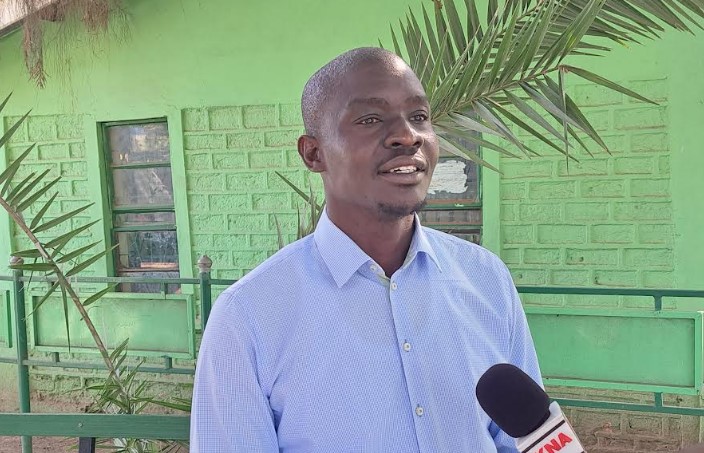Over 200 Junior School teachers in Kisumu County have received training on the use of virtual laboratories and digital resources to strengthen teaching of Science, Technology, Engineering, and Mathematics (STEM) subjects.
The training spearheaded by the Centre for Mathematics, Science and Technology Education in Africa (CEMASTEA) aims to transform science education in Junior Secondary schools that lack physical laboratories, bridging the gap between theory and practice.
CEMASTEA Trainer Ezda Okoth said Virtual Labs provide students with a wide array of interactive simulations, experiments, and virtual tools designed to mimic real-life laboratory conditions.
By leveraging interactive simulations and real-time experiments, the digital laboratories, he said, offer students an immersive learning experience, enabling them to visualise complex scientific concepts and conduct experiments in a risk-free environment.
The innovation, he added, not only enhances understanding and engagement but also ensures that no student is left behind due to infrastructural limitations, making science education more inclusive, practical, and effective.
“The platform includes modules for a variety of scientific disciplines, offering experiments ranging from simple physics demonstrations to complex chemical reactions and biological studies.
Each module is equipped with detailed instructions, theory, and assessments to guide students through the experiment and ensure effective learning,” he said.
Speaking during a training for Junior School Teachers at Arch-Bishop Okoth Ojolla Girls School in Kisumu West Sub-County, Okoth said the training, which targets Integrated Science and Mathematics Teachers was rolled out to equip them with the necessary skills to tap into the digital resources to strengthen STEM education.
“Junior School is domiciled in Primary Schools and most of the institutions do not have adequate laboratory infrastructure. CEMASTEA’s virtual labs have emerged as an accessible alternative that ensures practical learning continues uninterrupted,” he said.
He added that the teachers were being taken through specialised training programmes, to equip them with the necessary skills to integrate virtual laboratories into their curricula, enhancing their teaching methods and improving student engagement.
The scarcity of science laboratories in Junior Schools, he said, was a major hindrance to students gaining practical, experiential knowledge of subjects like physics, chemistry, and biology, adding that the virtual labs offer a platform where students can conduct experiments, visualise scientific processes, and explore the principles of science in a hands-on way.
The innovation, he said, has proven to be successful in the delivery of STEM subjects, adding that through proper implementation it will help schools, which are grappling with huge budgets to set up physical laboratories.
“With this innovation, we hope to scale up STEM education to help the country achieve the Vision 2030,” he said.
Wilkister Ayoo, a CEMASTEA Integrated Science Trainer, said the preset laboratory experiments in the system make it easier for learners to grasp the concepts.
However, access to the internet, gadgets and electricity, she said, remained a big challenge, calling on the government to support the underserved schools.
“The system is accessible on both computers and mobile devices, making it a flexible solution that adapts to the varying infrastructure available in different schools. Some of the schools are not connected to the internet. Others do not have electricity and access to the devices is also a challenge,” she said.
Chadwick Ajwang, who spearheaded the training at Ahero Girls High School, said the teachers have been exposed to an array of digital resources, which they can tap into to facilitate learning.
He said through the training, the teachers will be able to interact with the CEMASTEA E-Learning platform, harness virtual laboratories for effective teaching of STEM and remodel Competency Based Curriculum (CBC) lessons and peer teach.
“We are looking at how the teachers can practice so that they can learn from each other as they scale up the delivery of STEM education,” he said.
Mercy Atieno, a teacher at Sigoti Junior School in Nyakach Sub-County, lauded CEMASTEA for coming up with the innovation, saying it will go a long way in equalising STEM education in the country.
He urged the Ministry of Education to train more teachers, especially in the hardship areas where physical facilities are lacking, to ensure that learners who have an interest in STEM subjects get quality education.
By Chris Mahandara





